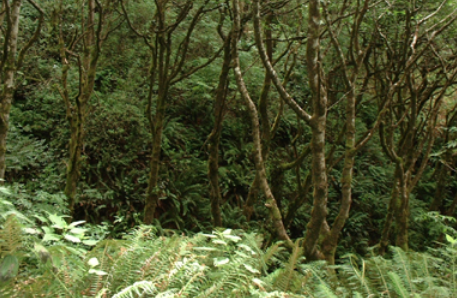
A Thicket of Intellectual Property May Protect Your Product Better Than a Fence

 In life, imitation is the sincerest form of flattery. In business, imitation of your products is a threat to your livelihood.
In life, imitation is the sincerest form of flattery. In business, imitation of your products is a threat to your livelihood.
Intellectual property (IP) protection can be an invaluable tool for preventing competitors from wrongfully benefiting from your products’ successes. But what form of IP protection (patent, trademark, copyright, industrial design or trade secret) is appropriate for your products?
Conventional wisdom might suggest that one form of IP protection is best, and that the best form of protection is dictated by the nature of the product. For example, the instinctive choice for protecting a functional product, such as a robotic vacuum cleaner, may be with a patent, whereas a service that is primarily known by its name or logo, such as a social media service, may be thought best protected by trademark. Acquiring that single form of IP protection might be compared to erecting a fence around the product.
In reality, a product may contain various forms of intellectual property, each capable of independent protection. By seeking different forms of IP protection for various aspects of a product, it may be possible to create a “thicket” of IP protection around the product that is much more effective in hindering competitor duplication than a solitary fence would be.
Consider a hypothetical high-tech product: a drone with an on-board camera for shooting photos or video. As shown below, various features of such a product might be protected using different forms of IP protection.
Low-noise propeller; camera mount (patent): if the drone’s propellers have been shaped in a new way to make the drone fly more quietly than previously thought possible, patent protection could be available for the propellers. In fact, it would likely be prudent to patent the propellers independently of the drone, so that uses of the propellers with other products (e.g. airplanes or wind turbines) could also be protected.
In another example, if the drone incorporates a new form of camera mount designed to protect the camera from vibration, the novel camera mount may also be independently protectable by patent.
Brand name (trademark): through effective marketing or word-of-mouth endorsement, a particular brand of drone may become popular even though most consumers fail to appreciate how, or even if, the product is technologically superior to competing products.
This illustrates the importance of protecting, with a trademark registration, the brand name by which the product is known.
Method of manufacture (trade secret or patent): if the drone is manufactured using a method that significantly reduces production costs, then the method itself likely has considerable commercial value.
Assuming that the method is not readily apparent from the manufactured device and that its secrecy can be maintained in the factory, trade secret protection may be an appropriate protection mechanism. Otherwise, the method could be protectable by patent.
Ornamental shape of device (industrial design): the ornamental shape of the drone or its remote control unit may be protectable as industrial designs if they are new and sufficiently different from known designs.
To the extent that one’s budget is limited, then the cost of each form of IP protection (which varies based on the form) can be taken into account when deciding precisely which forms to incorporate into the thicket for a particular product.
The benefit of protecting a product using multiple forms of IP is that, if one of the forms of protection should fall (say, if a trademark is successfully challenged), the others may remain intact. When faced with this reality, a competitor may think twice before selling knockoff versions of the product and may instead move on to less troublesome targets.











